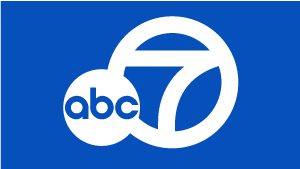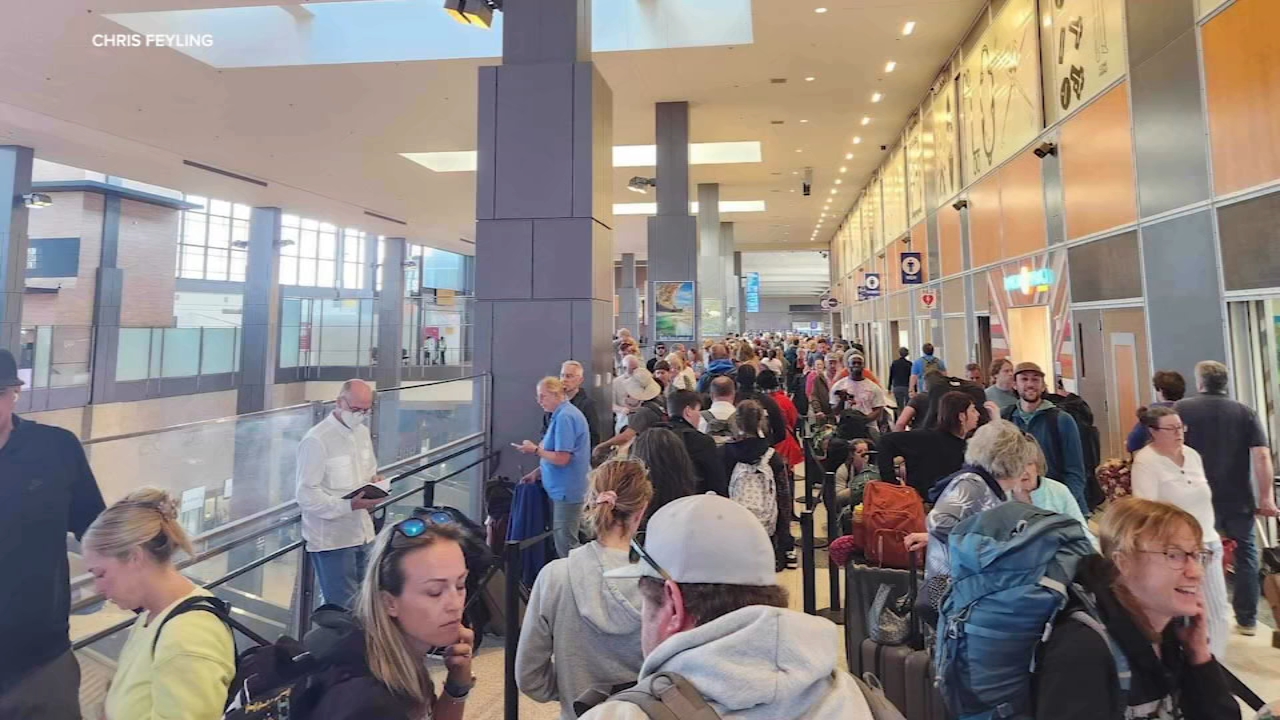Exploratorium scientists travel to Micronesia for total eclipse

SAN FRANCISCO (KGO) -- On Tuesday night, you're going to be able to experience an amazing show taking place in the sky above earth. But to see its true power, you'll need some help from the clever scientists at San Francisco's Exploratorium.
RELATED: How you can watch the total solar eclipse online and on ABC7 News
If you're a kid at San Francisco's Exploratorium, just looking up can be a thrill. And very soon, adults may experience that exact same feeling.
"The coolness factor is off scale high," said Exploratorium staff scientist Paul Doherty, Ph.D. "I've seen 10 solar eclipses and they still thrill me to death."
Doherty and Robyn Higdon are rehearsing for a live show that promises to bring jaw dropping images of a total solar eclipse to an audience right here to the Bay Area. It's the result of a rare alignment that will create a shadow hundreds of miles wide, turning day into night.
"Complete darkness moving across the Earth at 1,500 miles per hour or faster," said Doherty.
Higdon adds, "And at the same time, the blue sky that you see kind of melts away and reveals the night sky behind it. So it's spectacular."
But since the solar eclipse won't come directly over the Bay Area, the Exploratorium team is preparing to go to the eclipse; a journey that will cover thousands of miles across the South Pacific.
The destination is a remote island called Woleai. It's a tiny atoll in Micronesia that happens to be sitting smack in the middle of the eclipses path of totality -- the ribbon of near total darkness.
The journey itself starts with 4,000 pounds of gear and a 24 hour commercial flight.
"Then we're going to load it on a little boat and it's 48 hours to get to this distant atol," said Higdon.
And once they hit the beach, the Exploratorium team will set up cameras, telescopes, and a remote studio to turn the eclipse into a live webcast. The signal will bounce by satellite through two continents before it's pushed out over the Internet.
And even with that, the best place to watch it may be right here in our own backyard.
"So the experience at the Exploratorium will be fantastic, it's only second best to being there in person," said Higdon. "In Woleai, the eclipse is happening around noon. So if you can imagine it's a beautiful, sunny, warm day on an island and then all of a sudden it goes to night. We'll also have NASA scientists explain the hidden connections between the sun and the moon.."
RELATED: What is a total solar eclipse?
Doherty adds, "It's a visceral, wonderful experience to see stars in the middle of the day and planets in the middle of the day. Excellent!"
And if you're not careful, they say you may never look at the sky in quite the same way again.
The Exploratorium will open its doors for a free viewing party on Tuesday night starting at 5 p.m. If you can't make it to the Exploratorium, you'll be able to see the total eclipse as it happens on ABC7 News and here on abc7news.com! Click here for information about the show schedule and how to watch online.
Click here for full coverage on solar eclipses.
Written and produced by Tim Didion.
















